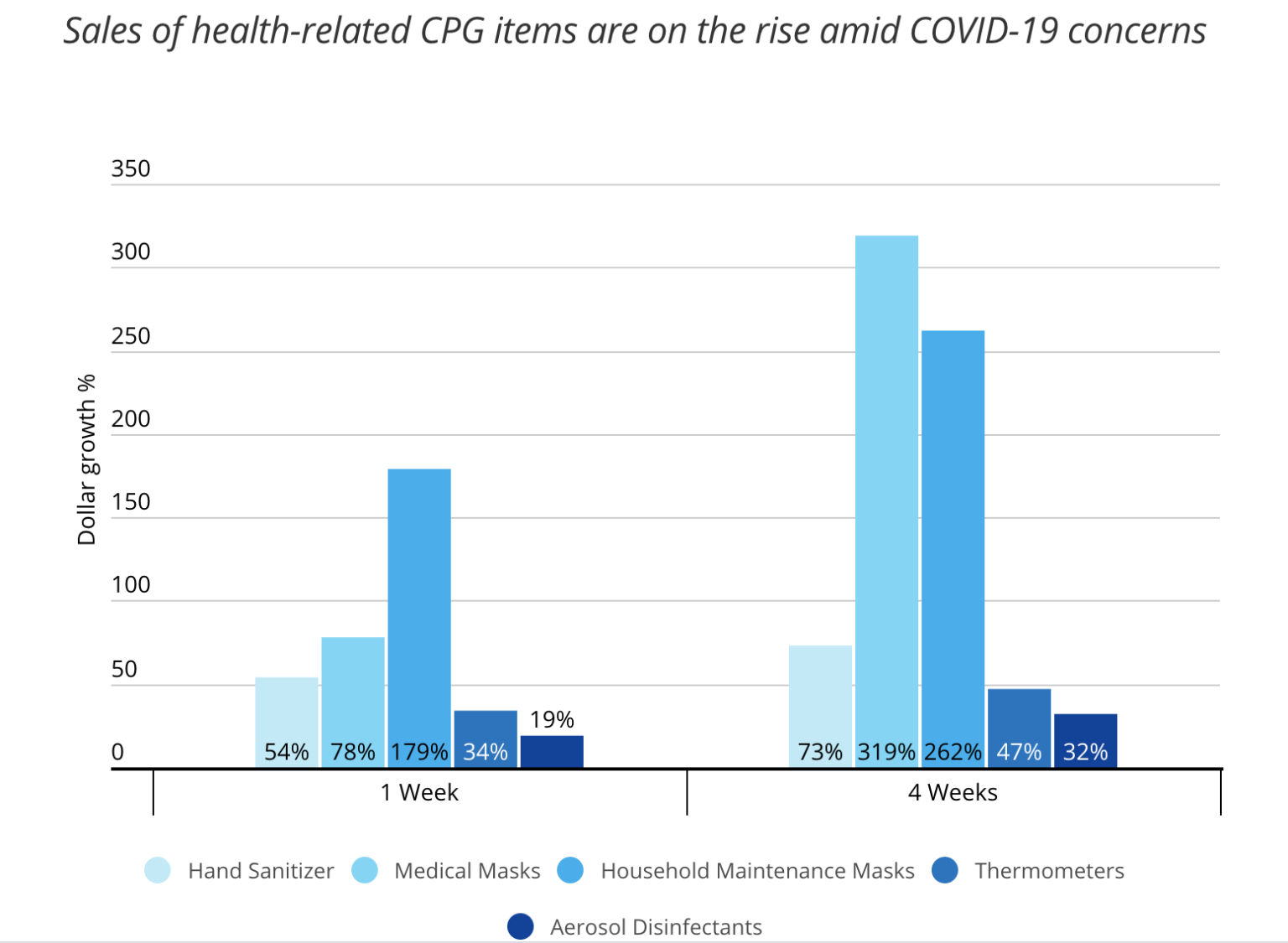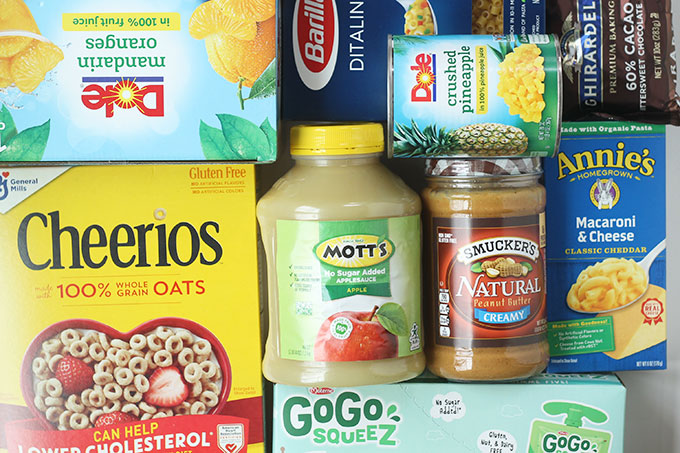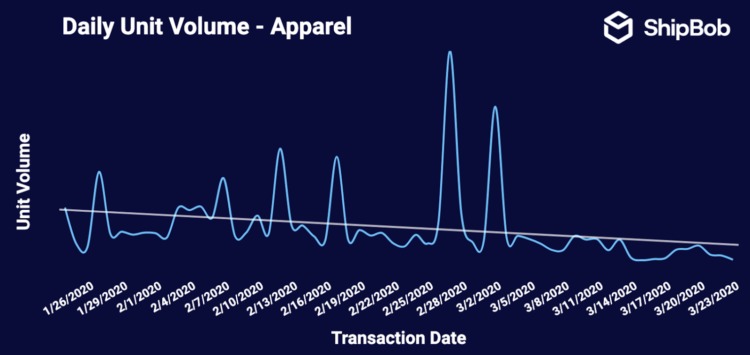2020 has witnessed one of the greatest pandemics in human history - the COVID-19. The number of people allowed to gather at one place gradually decreases, from 1000 to 100, 10, and currently, everyone has to stay at their home.
But what about eCommerce? Is it affected in a significant or just a minor way? In this article, we would like to reveal the answer for you.
Buying Response From Each Generation
Millennials and Gen Z
Everyone has considerable concern for the pandemic, and the youngest seems to change their behavior most enormously. According to a survey in America and England, 96% of this generation feels anxious for COVID’s impact on the whole world economy, leading to their cut down on spending and stock up on necessary items.
Boomers and Gen X
Different from Millennials and Gen Z, Boomers and Gen X are less worried and remain their shopping habits. Only a third of the older generation lets the situation affect their shopping choice, while the number of Millennials reach nearly 50%.
Buying Response From Each Gender
In addition to generation, shopping habits also vary between men and women. The pandemic has exerted a greater impact on men when one-third of this gender says it affects the amount of money they spend on products, compared to 25% of women. Men also shop online and avoid in-store buying more than their counterparts.
Revenue Changes In Each E-Commerce Industry
Many think that it is eCommerce that has benefited most from the lockdown. In fact, some industries are booming, but some remain or even decline in revenue. Let’s have a closer look at the six industries below:
Health and Safety Products
It is obvious that the pandemic boosts sales of health and safety products most, to the extent that they can’t be produced fast enough to meet the buyers’ demand. Nielsen’s data shows that medical mask sales have increased to 300% - a number no one has ever imagined or thought about.

Shelf-Stable Food
Shelf-stable food flourishes because it is suitable for long-term quarantine without being rotten. Among those, shelf-stable milk or oat milk gains 300% in dollar increase. Other stuff like fried beans or snacks is also in the same situation for their long shelf life.

Food and Drink
Besides shelf-stable food, other grocery items are sold quickly as well. The buying method, however, has changed to delivery options or BOPIS (Buy Online, Pick Up In-Store). People are buying online these items more than they did before.
Below are Shipbob’s data gathered from more than 3000 businessmen, showing how developing this industry is:

Digital Streaming
The lockdown means that people can not enjoy external entertainment, and that’s when digital streaming service takes the throne. The first three months of 2020 witnessed the unprecedented increase in subscribers of Netflix, Disney+, or Amazon. Movie studios also release their products earlier than planned.

Upmarket Goods
Not as lucky as the above products, other industries are decreasing in revenues, including restaurants, tourism, and especially luxury goods. In 2020, Vogue Business suffered a dramatic loss of $10 billion because of COVID-19. This can be attributed to the fact that most of the consumers come from Asia where the pandemic has become most serious.
To understand how important the Asian market is to upmarket goods, please look at Vogue Business’s chart:

Clothing and Accessories
People have lost interest in shopping for clothes in person, leading to the shutdown of several department stores such as Nike, DTC brands, or Abercrombie & Fitch.
Online shopping has also seen a decrease in sales because people are spending money on daily essentials instead. The chart from Shipbob demonstrates a 20% decline in clothing and accessories sales:





